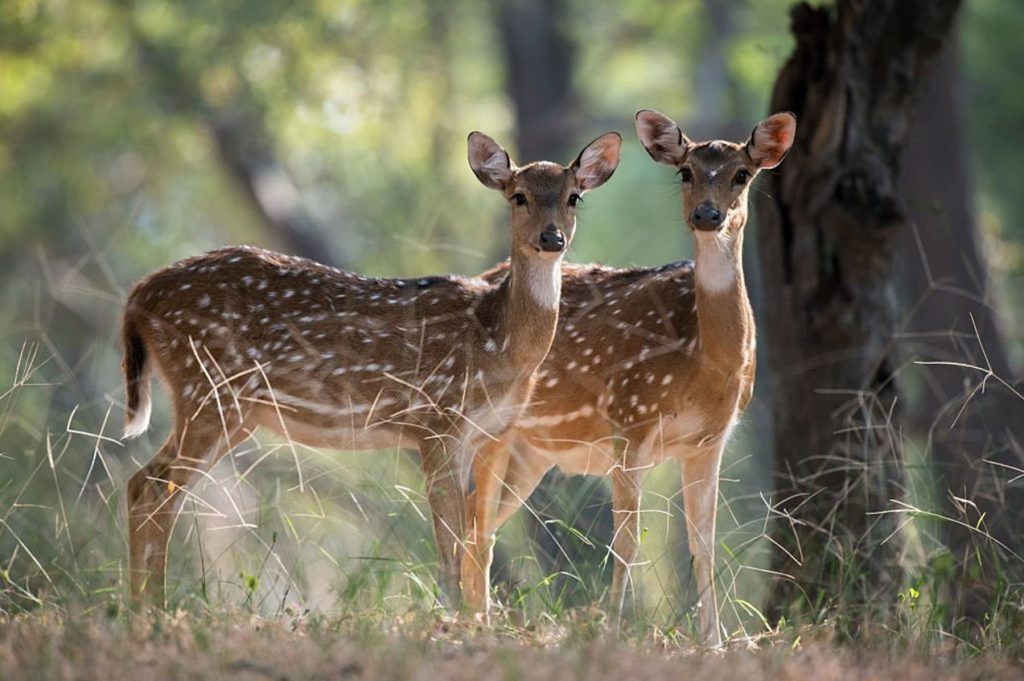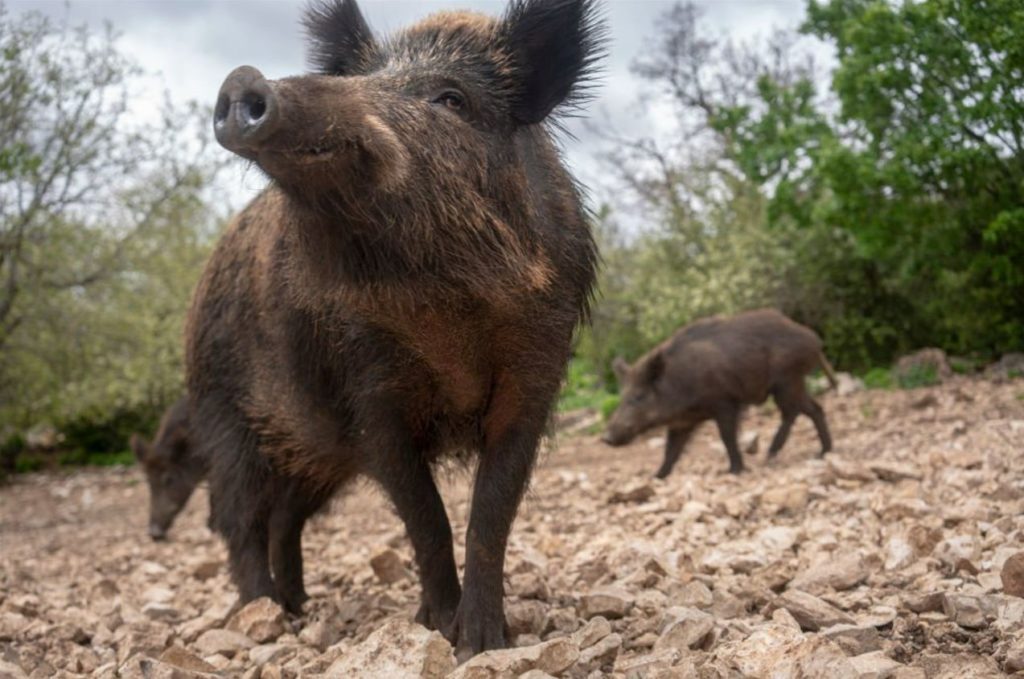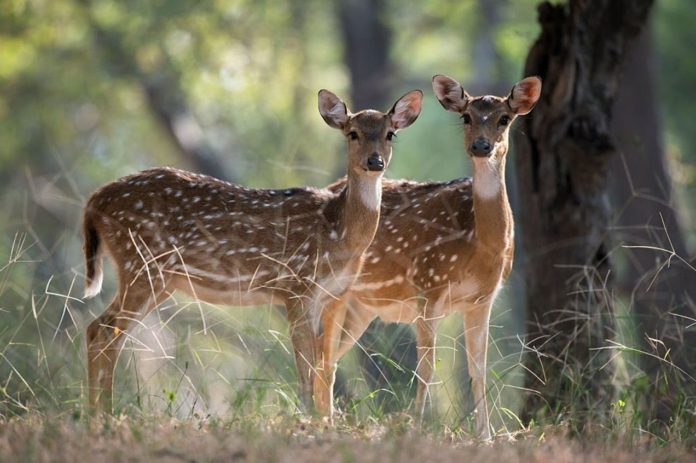A new study finds that eating wild animals, sometimes known as bushmeat or wildmeat, is linked to fewer occurrences of anaemia among children living in the Amazon rainforest.
In this, the largest study yet undertaken anywhere on the association between consuming wildmeat and rates of early childhood anaemia, researchers discovered that eating wildmeat more frequently can help protect the health of some of the world’s most vulnerable rural children.
The findings, which were published in the journal Scientific Reports today, shed light on the potential health benefits of bushmeat for young children living in tropical forests around the world, as well as the importance of allowing forest communities to hunt and manage natural resources sustainably.

People who live in tropical forest areas like the Amazon face significant health disparities. Due to causes such as household food instability, malaria and intestinal parasite infections, or nutritional restrictions during the weaning phase, around two-thirds of poor children living in Amazonia forest settlements are considered anaemic.
Iron deficiency is the greatest cause of anaemia in children and the leading cause of impairment in children under the age of five worldwide. It can impair physical and cognitive development, as well as influence one’s health and well-being as an adult.
The value of wild meat to rainforest peoples’ health has long been debated, but rigorous scientific proof is lacking. Furthermore, given its potential linkages to zoonotic diseases like coronavirus, analyzing wildmeat’s impact on human health has taken on new emphasis.

As part of this investigation, researchers traveled to Ipixuna, which is 2,800 miles away by river from the state capital of Manaus. The most distant village was 250 kilometers away from the nearest town, which could only be reached by boat.
The researchers interviewed caregivers in households with children aged six months to five years old, asking about their children’s health and wildmeat eating. They also obtained blood samples to determine the concentration of haemoglobin, which is a marker of iron levels. Children from various economic and cultural origins living in isolated forest communities and towns across central Amazonia were studied.
The findings reveal that eating forest animals such as rats, tapir, wild pigs, deer, and birds is associated with higher hemoglobin levels in rural children who are the most vulnerable to malnutrition and disease.
This was true even in middle Amazonia, where fish is eaten virtually every day in rural communities, coupled with carbohydrate-rich manioc, providing a large quantity of protein, fat, and several micronutrients, but only minor levels of iron. However, researchers discovered no link between eating wild meat and better health among less vulnerable rural children or children living in cities.
According to their findings, rates of iron deficiency anaemia among the most vulnerable rural children might rise by roughly 10%, affecting over 3,000 children in Amazonas State alone, if access to bushmeat is harmed by future limits on consuming wild animals.
“Our results indicate that wildmeat consumption in the most vulnerable rural households appears to positively influence haemoglobin concentrations among their young children,” highlights Dr. Luke Parry, Principal Investigator of the study.
The researchers discovered that between the ages of one and two years old, four out of five rural Amazonian youngsters eat wildmeat, and rural households consume four times as much wildmeat as their urban counterparts.
Another aspect explaining wildmeat’s apparent good impact on rural children’s health appears to be cultural traditions such as rural caregivers feeding children bush meat at a much younger age than their urban counterparts. Wildmeat provides a significant source of energy, protein, and micronutrients for most rural Amazonians by the time they are one year old. Typically, children in rural areas are fed wild meat that has been hunted by an older relative or given to them by a neighbor.
The researchers warn, however, that bushmeat should not be considered a “silver bullet” for resolving pediatric anemia. Because forest dwellers face numerous disadvantages, eradicating anemia and other nutrient deficiencies will necessitate significant investments, such as improved access to primary healthcare and high school education – which is critical for empowering mothers, sanitation, and electricity, according to the authors.
Source: 10.1038/s41598-022-09260-3
Image Credit: Getty
You were reading: Lower risk of childhood anaemia associated with wildmeat consumption: new study
